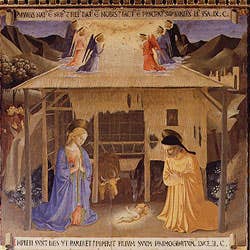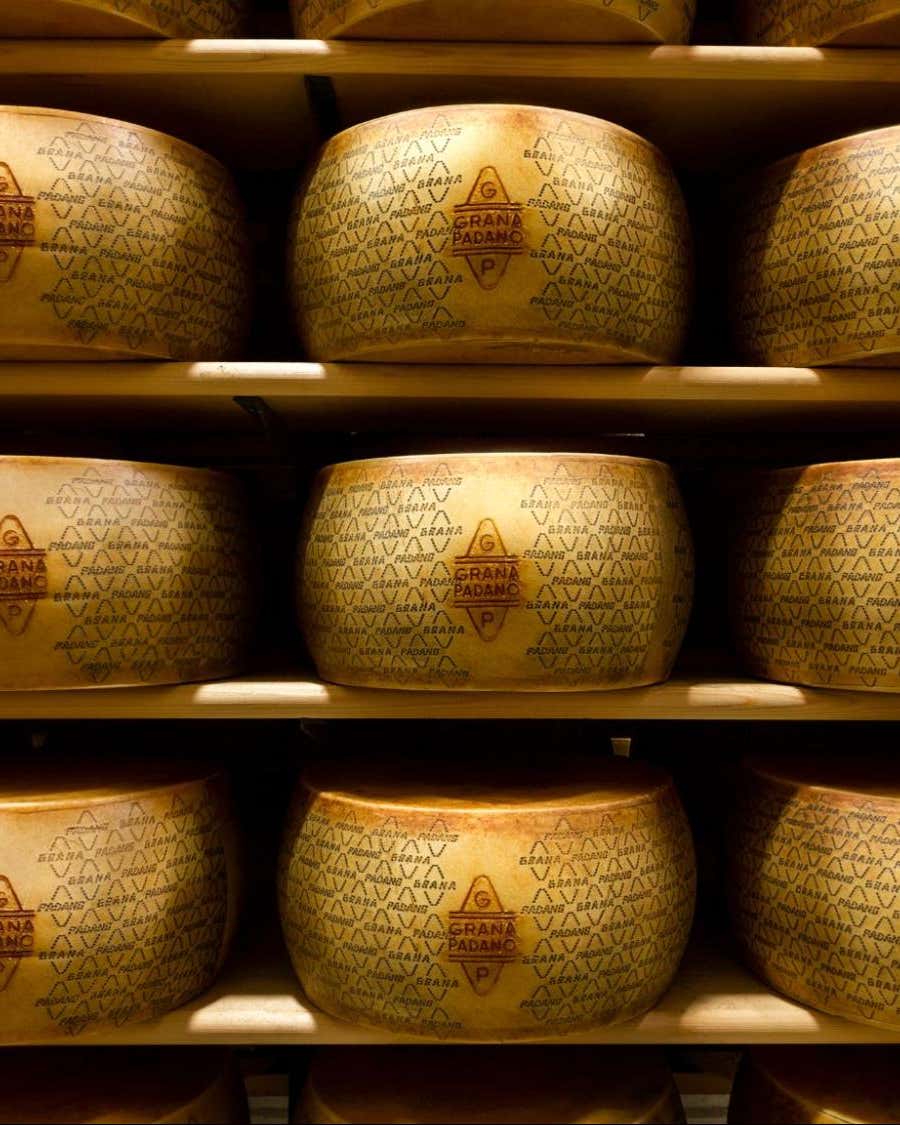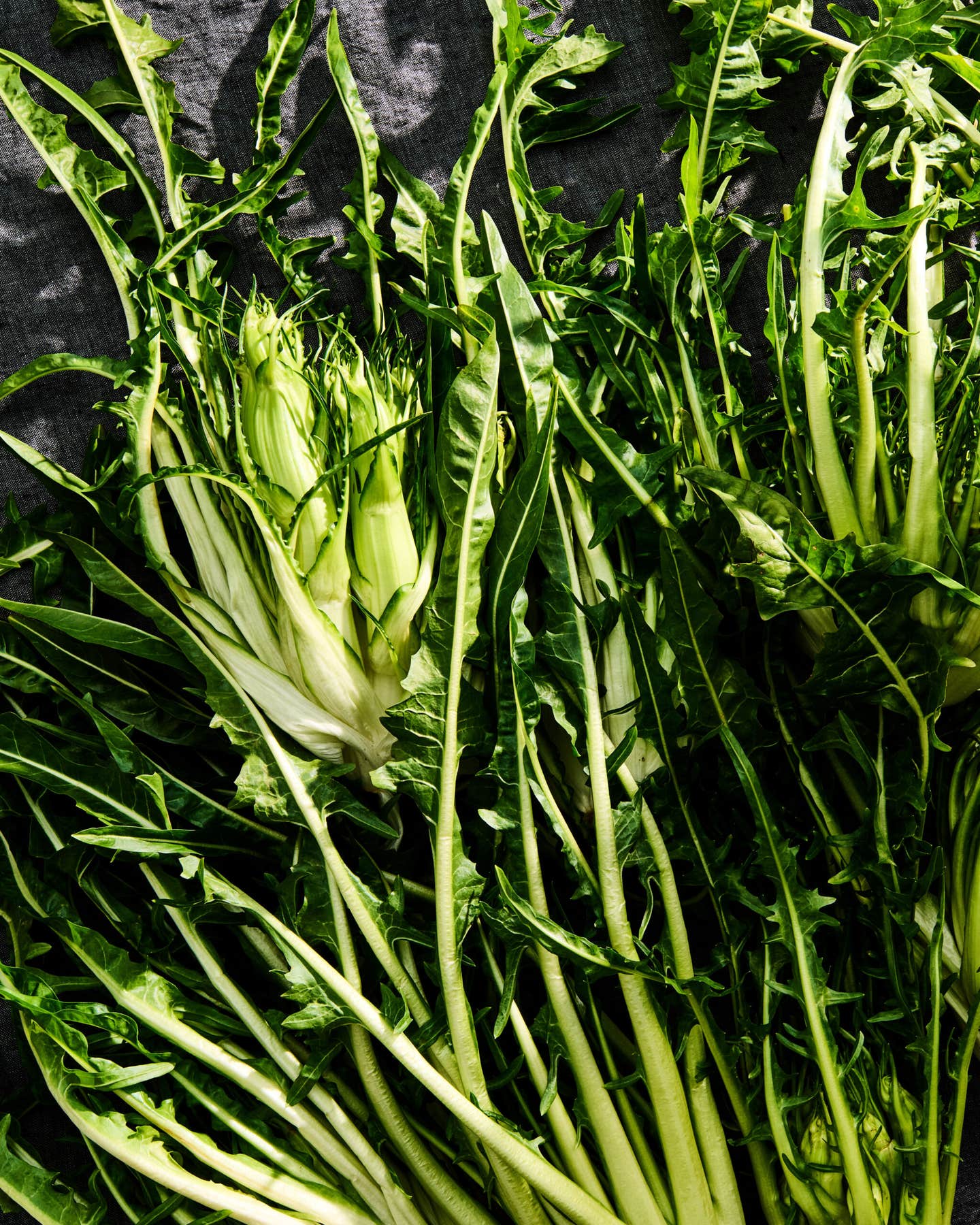
On the night before Christmas in our household, candles illuminate otherwise disregarded corners, bowls of nuts and tangerines adorn tabletops, and jars of homemade pickles and preserves—holiday gifts from friends and neighbors—line the kitchen counter. Strains of Handel's Messiah mingle above our heads with the smells of pine needles, toasting bread crumbs, and lemon. The evening is pregnant with anticipation for both the anniversary of a miracle and a feast, which is sometimes a miracle in itself. We Italians usher in Christmas Day with Cena della Vigilia, the dinner of the vigil—the meal that breaks a daylong fast, at least in theory. The custom of the Christmas vigil dates back to the 7th century. In those days, fasting meant not eating or drinking anything but water for 12, 24, even 48 hours before receiving Communion on Christmas. Over the centuries, however, fasting obligations were relaxed, rules of abstinence—which meant no meat and, for the especially pious, no eggs or dairy products—became the standard, and the duration of the fast dwindled to one hour. Today, in my family and (I'm sure) in many others with a European Catholic heritage, the imminent birth of Christ is celebrated with one long, delicious—albeit meatless—dinner party. After that, we go to Midnight Mass. The meal, if properly prepared and paced, usually helps us stay awake.
Many of the world's religions employ some sort of numerology in their rituals, and Christianity is no exception. When it comes to the number of dishes served for Cena della Vigilia, however, there is no consensus. In many of Italy's landlocked regions, three courses are prepared, representing the Three Wise Men; in the Abruzzo, nine are preferred for the Trinity times three or for the nine months of the Virgin Mary's gestation; in parts of southern Italy, 12 or 13 are served for the apostles (numbered with or without either Jesus or Judas). I've even heard rumors of 24 courses someplace. The norm seems to be seven dishes, though, and that is the Vigilia feast I grew up with—not in Italy, but in Katonah, about 60 miles north of New York City—because that's the Vigilia feast my father, artist, cook, and cookbook author Ed Giobbi, grew up with himself.
My father's family hails from Le Marche—a region northeast of Umbria that borders the Adriatic Sea—and there, La Vigilia means seven different kinds of seafood, cooked seven different ways. According to my father, the number seven is important because it represents the seven sacraments. (When I used to ask him what the sacraments were, he'd answer, "pasta alle vongole, caponata alla siciliana, brodetto alla san benedettese ...") Seven fish dishes are also traditional in some other Italian regions. In Naples, I later learned from Joseph Scognamillo, chef-owner of Patsy's in New York City, the number is said to allude to the seven days of the week, the seven virtues, and the seven hills of Rome—and maybe even the 52 weeks of the year, on the grounds that five plus two equals seven.
The dishes and the types of fish served for La Vigilia are ultimately dictated by geography. In Naples, for instance, the devout leave certain treats on the table overnight for the angel who heralds Christ's birth; for this reason, many dishes are vinegar-based to preserve them. Around Lake Como in the north, large trout, which are only fished during the holiday season, are common.
In America, almost anyone can find the raw materials for the Vigilia feast of his or her heritage. Just before Christmas, markets in New York's Italian neighborhoods, for instance, stock up on a variety of Mediterranean and Adriatic goods such as triglia, or red mullet; seppie, called cuttlefish or inkfish in English (similar to squid but with a rounder body and thicker flesh); cicale, a relative of shrimp; langostino, a small, spiny lobster; tiny vongole, or clams; baby eels for frying; fresh sardines; fresh anchovies. "My mother," Scognamillo tells me, "she'd sell her soul to meet the proper requirements for La Vigilia."
This elaborate feast is an enormous endeavor. One can imagine that in Italy, where it is not uncommon for extended families to live under the same roof, the workload is spread around, but it doesn't always work that way in this country. Two members of my family, for example, are very young, very wiggly, and very difficult to separate from the Christmas tree. In the past few years, then, we haven't been able to make it back to Katonah for the occasion, so I've been creating a Cena della Vigilia on my own. I've learned a lot from my father, of course. For years, I watched him duplicate my grandmother's menu: a platter with stuffed clams, stuffed mussels, fried squid, and fried whitebait, followed by linguine with crabs, cuttlefish with peas, and a whole roasted or broiled fish. One year, though, we stared down our last uneaten cod. Not only was this too much fish too late in the feast, but it was too much of a mess for a large gathering. That was the year my father got serious about tailoring his menu to Americans, who, even on holidays, don't eat like Italians. "I needed a more logical presentation, with less complicated, less rich recipes," he tells me. The art of the meal, he explains, is to feed your guests in a modest, steady flow, without filling them up. With that goal in mind, he started serving assorted antipasti on one plate, then a pasta course, and then the main dish. "For years, I thought Cena della Vigilia was a feast of abundance," says my father, "but it's not. It's a feast of celebration in restraint."
My father always starts the evening at his house with champagne and fried whitebait. While he cooks, people chat in the kitchen, help set the table, peruse his handmade menus. We're a smaller group in my home, and it's not practical for me to serve an appetizer that I have to stand over. Instead, I make a simple gravlax in advance and serve it with a dollop of sweetened mustard sauce. I know it's not Italian, but it is fish, and it works. My antipasti include four items: cappesante al pesto, seared scallops in pesto (I offer one to three scallops per serving, depending on their size); ostrice ripiene, stuffed and broiled oysters, which I prefer to clams because they are easier to open; caponata alla siciliana, eggplant salad with tuna; and insalata di scampi e peperoni arrosti, salad of steamed shrimp with roasted red peppers and mint.
For the pasta course I make linguine con aragosta, linguine with lobster sauce. I keep the proportions small, La Vigilia-size, and I merely toss the linguine in sauce and garnish each serving with a lobster medallion or two—keeping whatever lobster meat is left over for a salad the next day.
My great-grandfather used to say there is always room for two kilos of fish after any great meal, and if all goes according to plan, my guests still have room for brodetto alla san benedettese, a piquant fish stew I like to make with monkfish, whiting, shrimp, mussels, peppers, and tomatoes. I spoon it on bruschetta, the only bread I serve for the meal, because I like the textural contrast of the seafood and the toast. That makes more than seven fish, but I only count the monkfish for the brodetto. In my mind, it's the star of the stew.
For La Vigilia dessert, many Italians unveil panettone. My grandmother, however, used to make calcionetti, a fried pastry filled with chickpeas, almonds, walnuts, and chocolate and flavored with orange rind, cinnamon, and honey. That's too much for me, and I've learned that people dread being served heavy desserts after a big meal like this. So I spread crepes with Meyer lemon marmalade—I always make a big batch this time of year—for an elegant, sweet-tart denouement. Again, crepes aren't particularly Italian, but part of the pleasure of this meal is adapting it to one's personal tastes.
On Christmas Day, my father and I, each knee-high in gift wrapping, ribbons, and Styrofoam peanuts, talk on the phone. We break down our respective dinners in blow-by-blow renderings, like two sports buffs discussing a big game. During these conversations, we share not only a tradition, but also our individuality. The custom of La Vigilia is energized whenever a new generation takes it on. As it is carried on into the future, my grandmother and my father and every one of my ancestors who has added his or her imprint on the meal dines with us.
Keep Reading
Continue to Next Story










